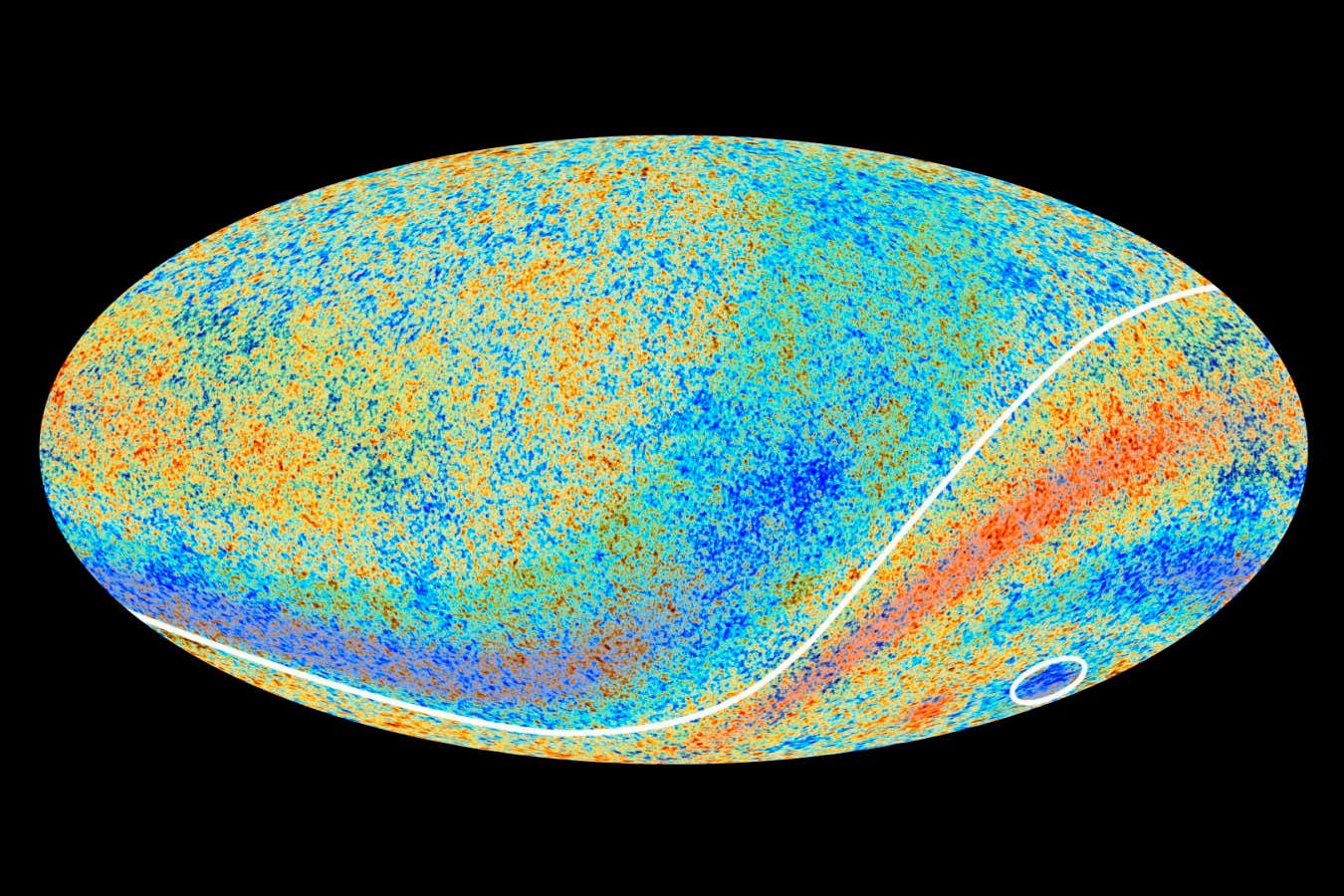Key Takeaways
- A significant anomaly in the cosmic microwave background (CMB) temperature poses challenges to standard cosmology models.
- Recent data shows a dipole in the CMB, indicating a temperature shift that aligns with motion, but is unexpectedly large.
- Future telescopes may provide the precision needed to resolve the dipole discrepancy and enhance understanding of the universe’s structure.
Anomaly in Cosmic Microwave Background Raises Questions
An unexpected temperature anomaly in the cosmic microwave background (CMB)—the afterglow of the Big Bang—has perplexed scientists for years. Observations have revealed a dipole pattern, indicating a temperature gradient that contradicts expectations based on the standard model of cosmology.
Researchers, led by Lukas Böhme at Bielefeld University, explored this dipole anomaly using data from six radio telescopes. Typically, the CMB should appear uniform in all directions, as physicists believe no particular vantage point in the universe should be unique. However, the observed dipole indicates a gradient from colder to hotter regions, suggesting movement within the cosmic backdrop.
Böhme explains that while the existence of a dipole is not inherently surprising, its size is problematic. Under special relativity, the Doppler effect predicts that radiation measured from a moving source should shift its temperature, but the discrepancy in the observed dipole is approximately ten times larger than expected based on these models.
To investigate further, Böhme and the team refined the data by focusing on the three most precise telescopes. Their analysis involved segmenting the sky to evaluate the radiation sources. Despite their careful methodology, the significant dipole anomaly remained unresolved.
Dragan Huterer from the University of Michigan emphasized the importance of their findings, noting that establishing the dipole as a reliable feature of the CMB would lead to profound implications. This could indicate a misunderstanding of the local structure of the cosmos or suggest that the universe is less uniform than current theories propose. However, the precision of radio astronomy poses challenges, which may lead to systematic errors in the data.
Measuring such faint signals is complex, as Böhme points out, with a need for high calibration accuracy in the surveys. Notably, evidence from infrared radiation emitted by quasars appears to support the findings from radio waves. The hope is that future advancements in telescopes will enhance measurement precision and potentially clarify the nature of the dipole anomaly.
This ongoing research underscores the complexity of cosmic observations and the need for continued exploration to understand our universe and its foundational structures better.
The content above is a summary. For more details, see the source article.















